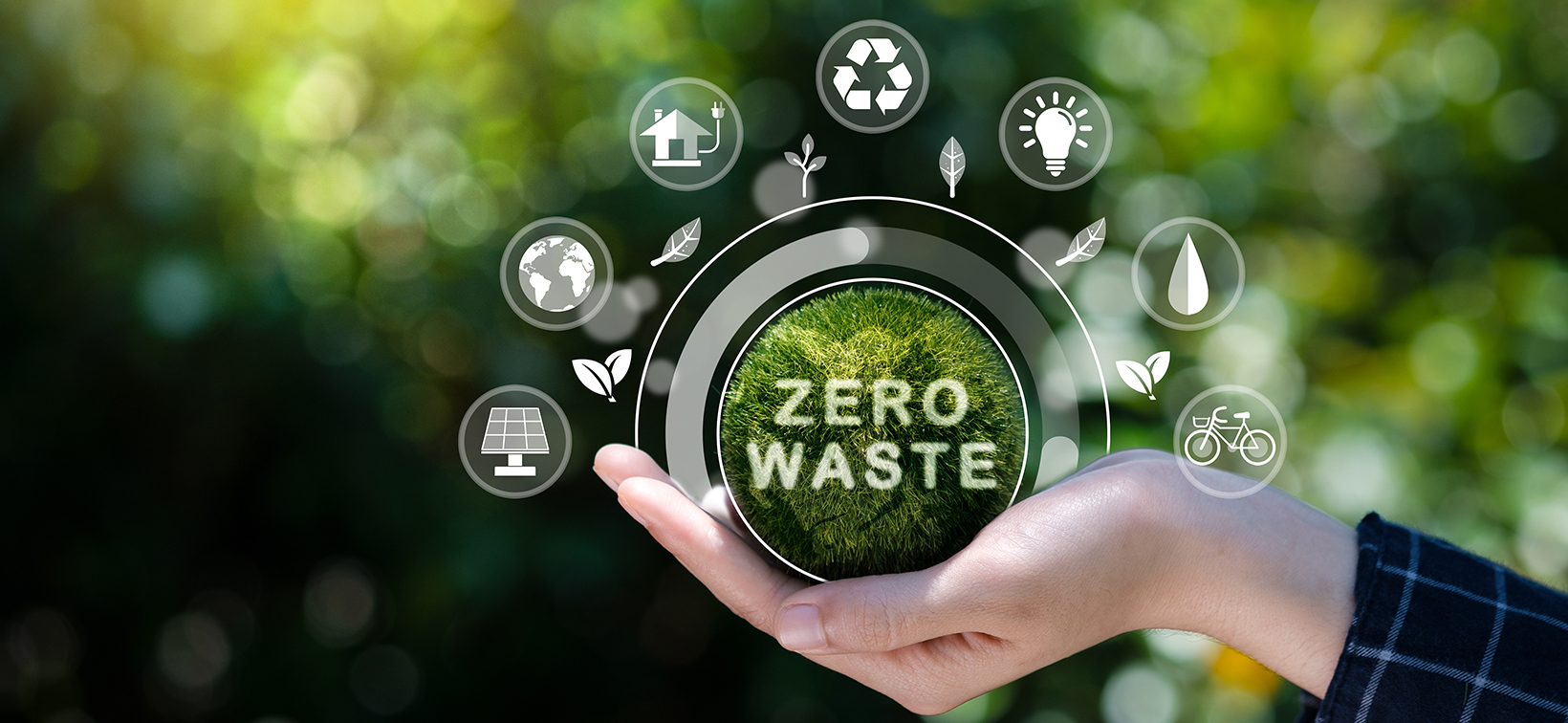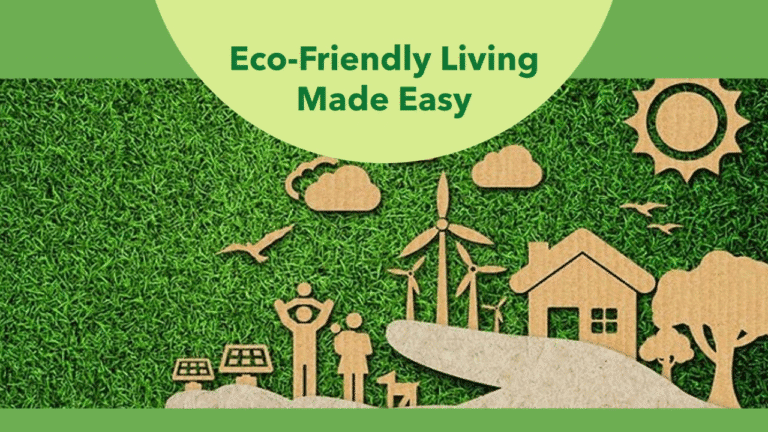Rethinking Waste: The Smart Way to Recycle and Reduce Our Trash Footprint

Modern society has a serious waste problem. From overflowing landfills to plastic-filled oceans, the impact of our consumption habits is visible everywhere. Yet, there’s a powerful solution that starts right in our homes, schools, and communities: recycling and waste reduction. Recycling isn’t just about tossing bottles in a blue bin—it’s about rethinking how we consume, how we dispose, and how we create a circular economy that minimizes waste altogether.
This article dives deep into the world of recycling and waste management, exploring not just how to recycle properly, but also how to reduce, reuse, and take responsibility for the waste we produce.
Understanding the Waste Crisis
Globally, we generate over 2 billion tons of municipal solid waste each year, and that number is expected to grow. The majority of this waste ends up in landfills or is burned, contributing to pollution, methane emissions, and climate change. Worse still, only a small percentage—roughly 9% of plastic waste—is actually recycled.
The challenge isn’t just about infrastructure; it’s also about education, behavior, and access to sustainable alternatives.
What Is Recycling, Really?
Recycling is the process of converting waste materials into new products instead of sending them to landfills or incinerators. It helps conserve natural resources, save energy, and reduce environmental pollution. There are different types of recycling:
- Mechanical recycling: Breaking down materials like plastic and metal for reuse.
- Biological recycling: Composting organic waste such as food scraps and garden trimmings.
- Chemical recycling: Advanced processes that break down materials at the molecular level, used especially for plastics.
But not all materials are created equal—some are easier and more cost-effective to recycle than others.
What You Can—and Can’t—Recycle
Knowing what to recycle is essential. Recycling systems vary by location, but some general rules apply:
Commonly recyclable materials:
- Paper and cardboard (clean and dry)
- Glass bottles and jars
- Plastic bottles labeled #1 (PET) and #2 (HDPE)
- Aluminum cans and foil
- Steel food cans
Items that are often mistakenly recycled (but shouldn’t be):
- Plastic bags and wraps (take to store drop-offs instead)
- Pizza boxes with grease or food residue
- Styrofoam (usually not accepted curbside)
- Tanglers like wires, hoses, or string lights (damage sorting equipment)
- Disposable coffee cups (often lined with plastic)
Always check with your local recycling provider to understand what they accept. Contamination—non-recyclable items mixed in with recyclables—can cause entire loads to be discarded.
The Power of Waste Reduction
Recycling is important, but reducing waste at the source is even more effective. Here’s how you can start:
- Buy less: Reduce impulse purchases and opt for durable, high-quality items.
- Choose package-free or minimal packaging products: Shop in bulk or use refill stations.
- Carry reusables: Bring your own shopping bags, water bottles, containers, and utensils.
- Fix and repair: Mend clothes, electronics, or furniture instead of tossing them.
- Donate or sell unwanted items: Give products a second life through thrift stores or online marketplaces.
The less we consume, the less we have to recycle or throw away.
Composting: Recycling Organic Waste
Food waste makes up a large portion of global landfill waste, releasing methane as it breaks down anaerobically. Composting is a natural way to return organic matter to the earth.
What to compost:
- Fruit and vegetable scraps
- Coffee grounds and filters
- Eggshells
- Grass clippings and leaves
- Shredded paper and cardboard (non-glossy)
Avoid composting:
- Meat, dairy, or oily foods (can attract pests)
- Plastics and synthetic materials
- Pet waste (unless using a dedicated system)
Composting can be done in your backyard, on a balcony using a bin, or even indoors with vermicomposting (worm bins).
E-Waste and Special Items
Electronics, batteries, and appliances require special handling. E-waste contains hazardous materials and valuable metals that can be recovered.
- Take electronics to certified e-waste recyclers or manufacturer take-back programs.
- Properly dispose of batteries at drop-off points in stores or community centers.
- Avoid dumping appliances or tech gear, which may contain chemicals like mercury or lead.
The same applies to other special waste like paint, chemicals, and fluorescent bulbs—check your local hazardous waste collection days.
How to Start Recycling the Right Way
- Know your local rules: What’s accepted can vary widely by municipality.
- Clean and dry items: Rinse food containers to avoid contamination.
- Separate correctly: Don’t “wishcycle” (tossing questionable items in the bin hoping they’re recyclable).
- Avoid mixed materials: Packaging with multiple materials (e.g., plastic-coated paper) can be hard to process.
- Educate others: Share tips with your family, neighbors, and coworkers.
The goal isn’t just to recycle more—it’s to recycle smarter.
Building a Circular Economy
A circular economy goes beyond individual recycling efforts. It’s about designing products and systems where waste is minimized and materials are kept in use as long as possible.
- Manufacturers can design for recyclability: fewer mixed materials, easier disassembly.
- Businesses can offer take-back programs and incentives for returning used products.
- Consumers can support brands that prioritize sustainability and closed-loop production.
Together, we can shift from a take-make-waste model to one that regenerates and renews.
Final Thoughts
Recycling and waste management are cornerstones of environmental sustainability, but they work best when paired with conscious consumption and community action. Whether you’re sorting your recyclables correctly, starting a compost bin, or simply refusing single-use plastic, your efforts matter.
By rethinking waste as a resource—not just trash—we can build a cleaner, healthier, and more sustainable planet for future generations.
Rethinking waste isn’t just about tossing items into the right bin — it’s about reshaping how we consume, reuse, and respect our planet’s resources. Every small change, from mindful purchasing to proper recycling, contributes to a larger movement toward sustainability. Together, our collective efforts can significantly reduce waste, conserve natural resources, and build a cleaner, greener future. ♻️🌿
